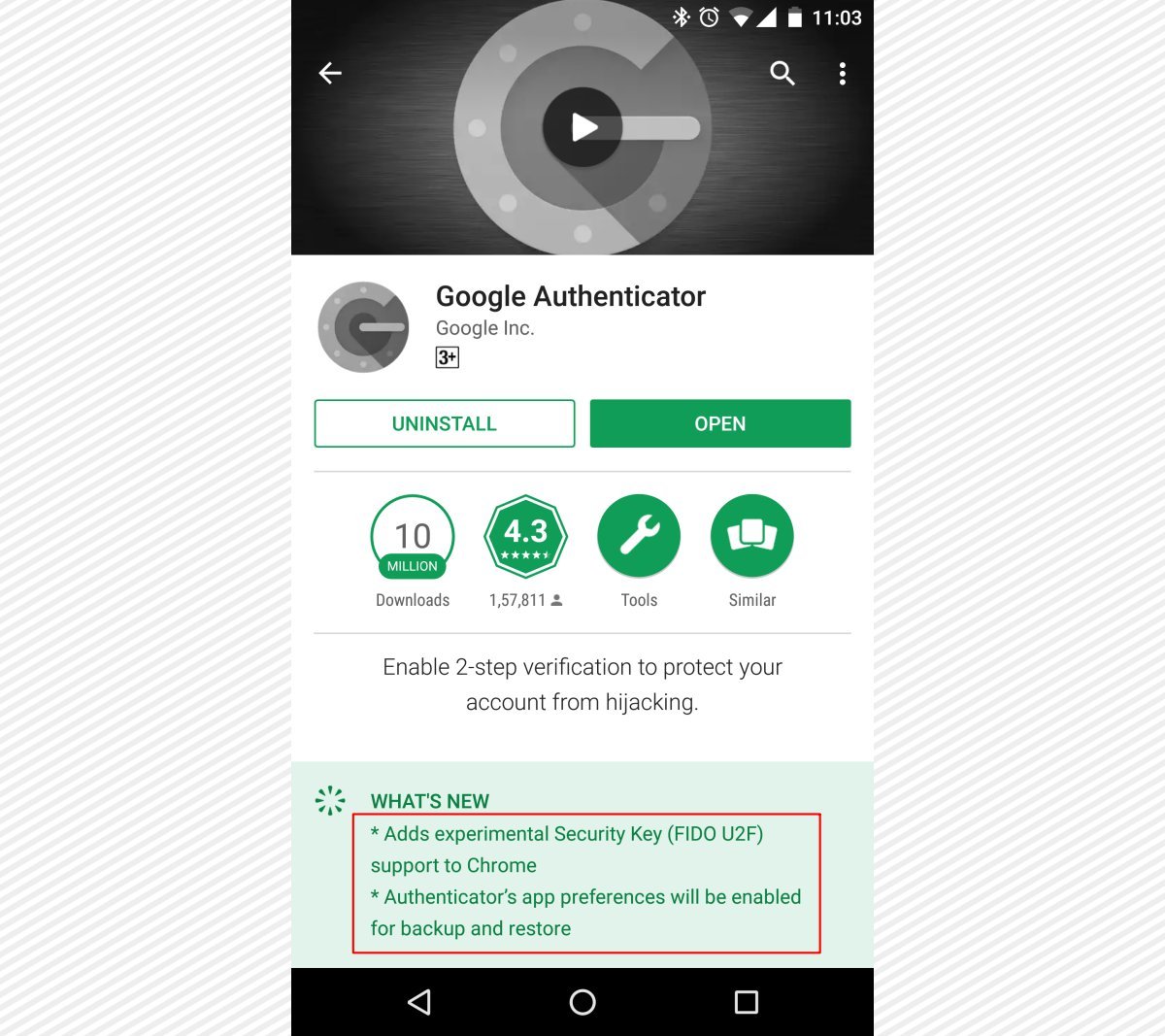

Please keep in mind that it’s always a good practice to separate your backups from your production environment. Snapshots and backups can be tiered and stored in Google Cloud Storage. Image-level backups can include full and incremental backups of your Google Cloud data.

Veeam does not use agents to back up Google Cloud but instead uses temporary instances, called workers, that are deployed only for the time it takes to generate Veeam backup image data from the snapshot or perform a restore. First, a full snapshot is created,then each subsequent snapshot only contains incremental changes. Backup chains can be created with either image-level backups or snapshots. Veeam Backup for Google Cloud can automatically create and manage snapshots and backups of compute engine instances (and attached disks), including VM configurations. They are hard to scale appropriately, and they take additional compute engine space. Secondly, agent-based approaches for Google Cloud backups aren’t always the best option since agents require resource-intensive deployment. Manual scripting for automatic snapshot scheduling of Google Cloud instances can also become very complex very quickly, especially in large environments. Aged snapshots are also expensive to keep in Google Cloud Storage for more than a few days. However, data protection in the cloud isn't always straightforward, so using limited or legacy backup methods can present challenges.įirst, snapshots of Google Compute Engine instances aren’t real backups, so they cannot be leveraged for long-term data retention and recovery.

There are native services in place that allow you to back up Google Engine instances, and there are many vendors that offer agent-based approaches for Google Cloud backups. When discussing how to back up data for Google Cloud, we’re mostly interested in cloud-native tools that allow us to protect compute engine instances (i.e., where VMs run) with Google-native snapshots. Alliance Partner Integrations & Qualifications.


 0 kommentar(er)
0 kommentar(er)
